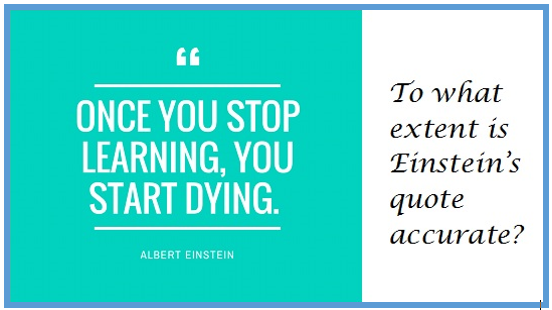Close Reading

At Lakewood, in grades 3 through 8, in every classroom, with every student, Close Reading is an instructional focus. A Google search of Close Reading reveals nearly fifty million related sites for this buzz word. Over the past five years our application of Close Reading has evolved as we have learned from further research regarding disciplinary literacy and from our own experiences using close reading practices in instructional planning, delivery and assessment, even through a pandemic. We are convinced that Close Reading, as defined below, remains an instructional focus our learners need. Assessment data and improved student outcomes from 2015 – 2019 support our commitment to these practices. ADL plans to once again implement the practices and assessments described below during the 2022-23 school year. The impacts experienced over the past two years are recognized, but will not deter our efforts to provide the learning opportunities our students need.
Simply defined, close reading refers to the strategic, purposeful analysis of text. A closer read of the previous sentence will expand on that simple definition.
- TEXT: Most of us consider text as the printed word, passages within a book, on a website, or in a periodical. But our students’ abilities to interpret meaning must go further. For that reason our definition of text includes print and non-print sources. Consider how this expands what our students must be able to “read”: maps, diagrams, photos, graphs, equations, musical passages, works of art – both visual and performance, experimental data, schematics, facial expressions, bio-mechanics of movement in sports… The list becomes more complex as the disciplines students study broaden.
- ANALYSIS: Analyze, an IB command term, is defined as – Break down in order to bring out the essential elements or structures. To identify parts and relationships, and interpret information to reach conclusions. This is the action portion of close reading and is developed over time as students first learn to list, explore, identify, describe, define, explain, justify or interpret to build their intellectual muscles as they build their analytical skills.
- PURPOSEFUL: The saying goes that the devil is in the details. Failing to notice those details is a frequent reason for many reader errors and why many students fall short of achieving the desired outcome. Tasks have a purpose. Failing to consider that purpose can cause a reader to miss the point, head in a wrong direction, make assumptions, waste time, or simply give up. Purposes for tasks are most often within directions or questions. Close reading skills must be applied to those as well.
- STRATEGIC: Strong readers utilize some common strategies to develop their analytical thinking skills. Later posts will expand on some of the strategies Lakewood teachers use to develop our learners’ abilities as close readers. Those strategies include reading a passage multiple times, questioning the text, annotating, chunking or breaking down a difficult passage into accessible parts, and making their thinking visible through discussion or writing.
Lakewood students’ abilities in close reading are monitored in every class and are formally assessed in grades 3 – 8 twice each school year in the fall and spring. These assessments include two parts: a reading passage with a text-dependent question and a three-part math extended response question. Students respond to these questions in writing. Scoring guides (linked below) are used to assess students’ abilities to analyze and communicate their reasoning. These assessment results are NOT used to compute student grades. Instead, they are used to inform Lakewood’s staff as to the progress students are making and how adjustments to instructional practices might better meet their learning needs. For teachers and students alike, learning at Lakewood never ends.
By the way, is Einstein right?